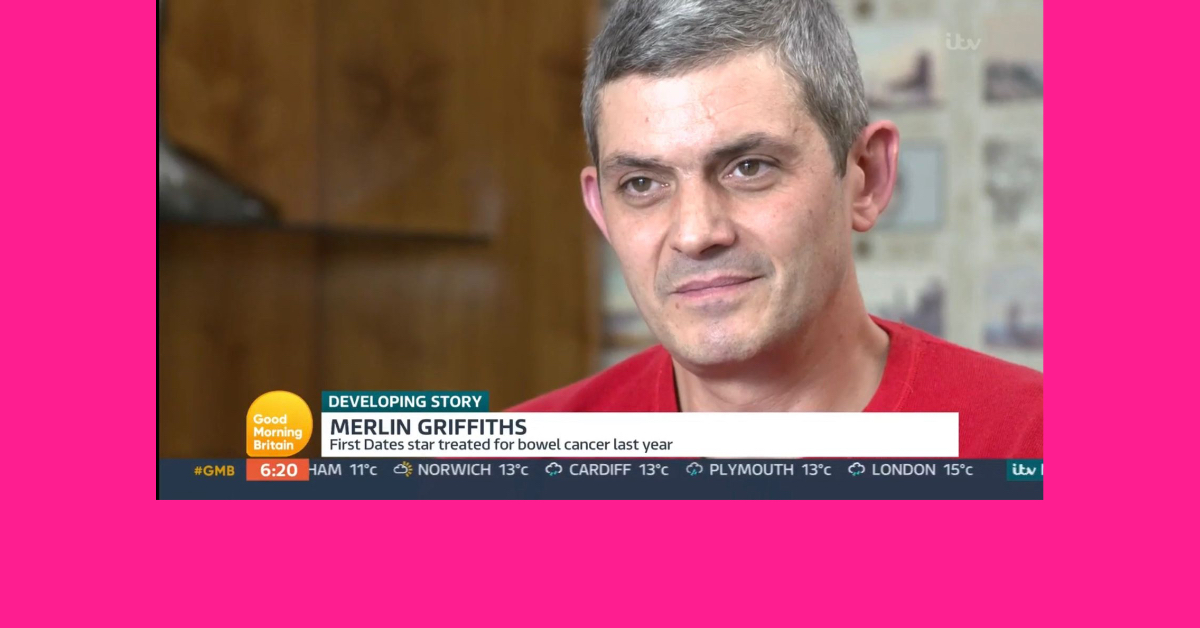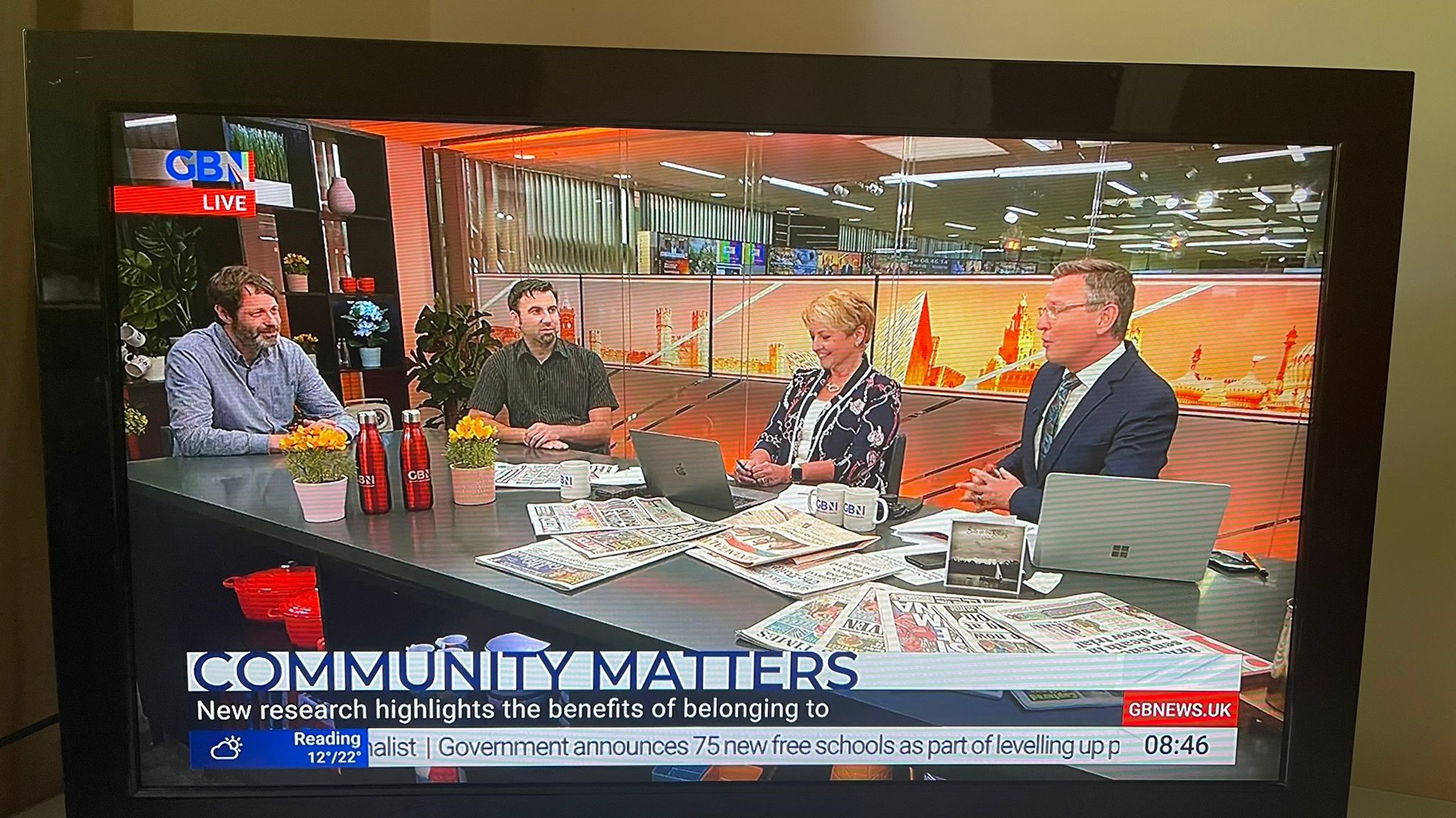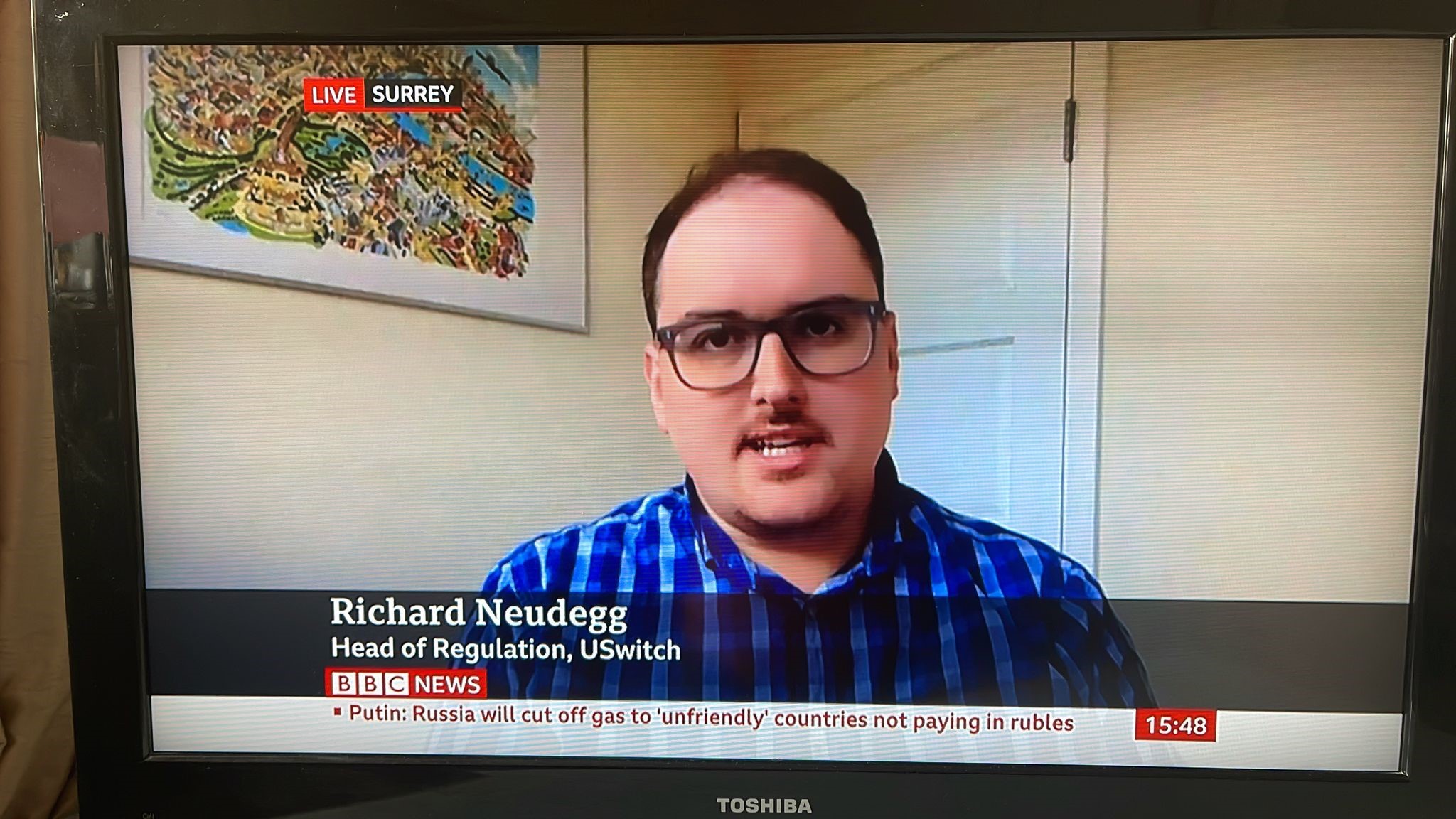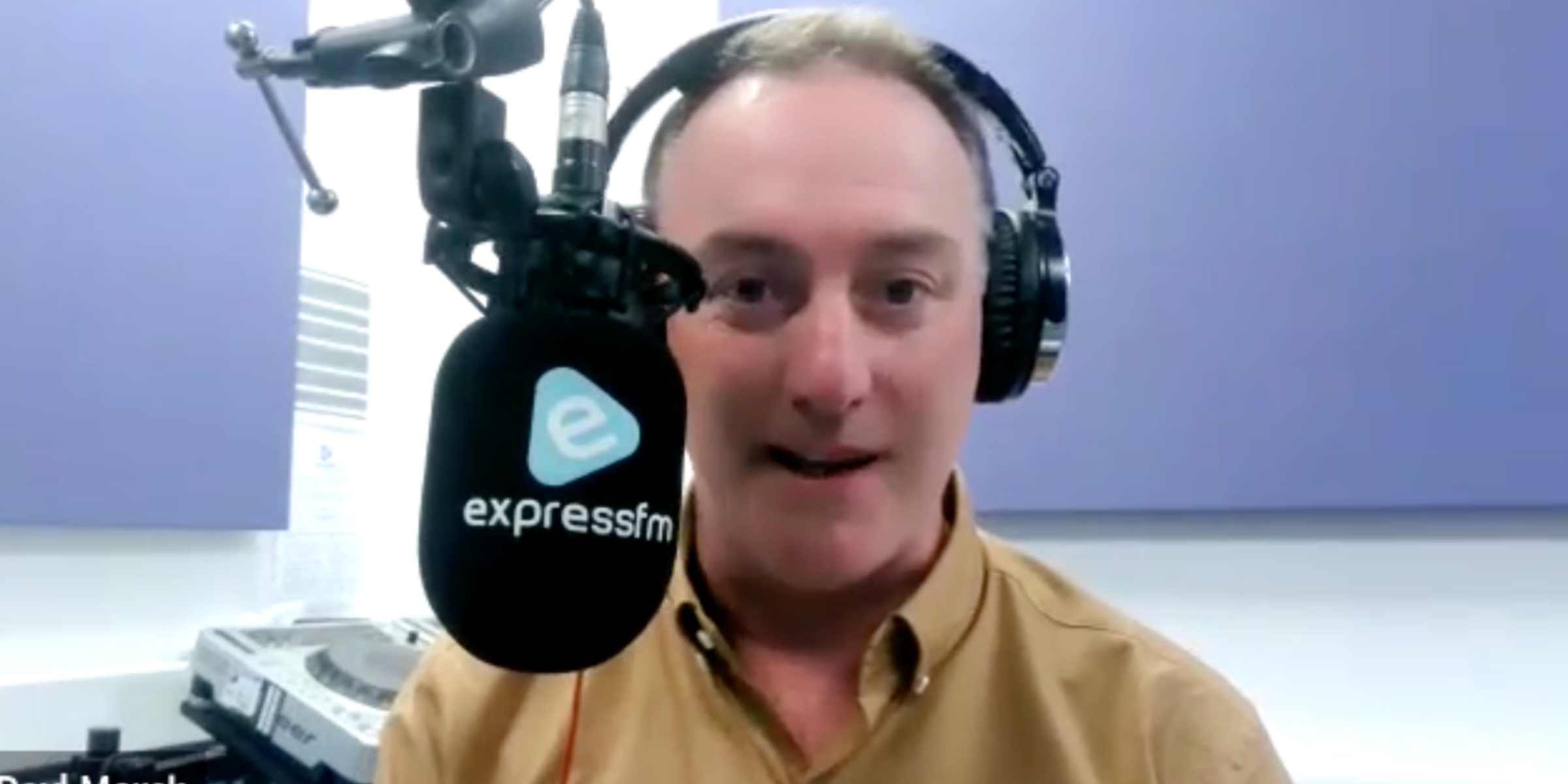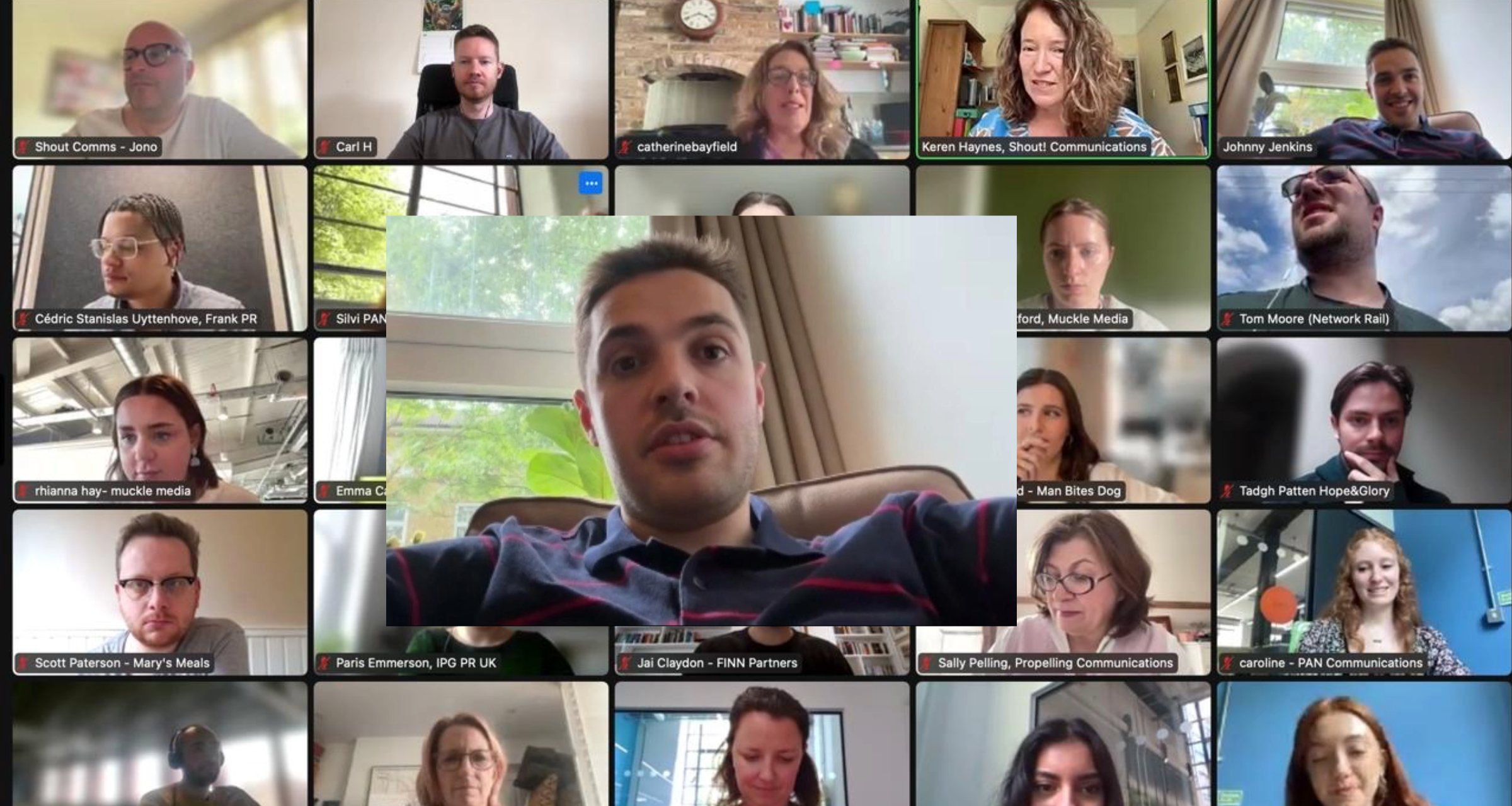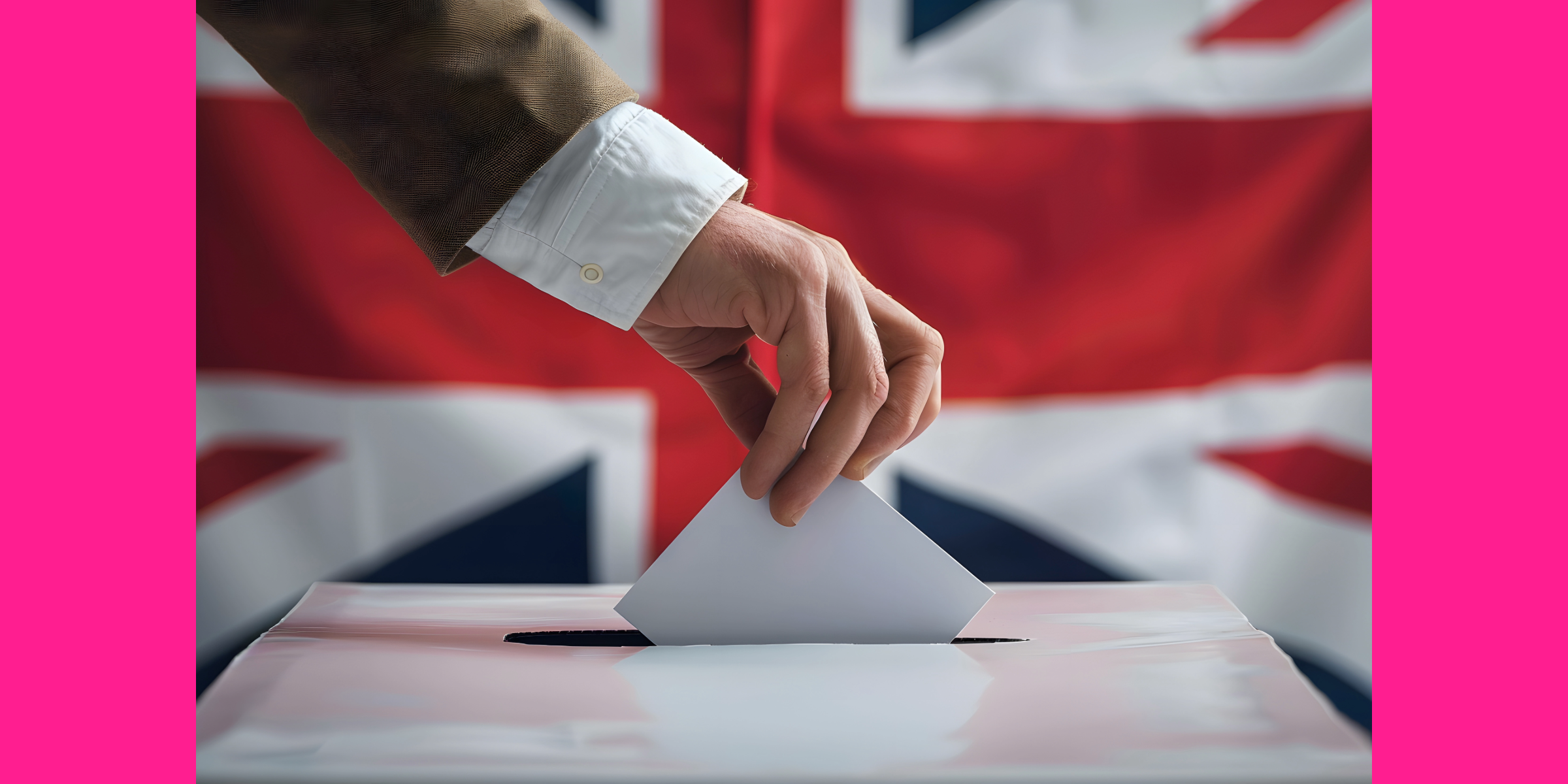It’s probably one of the questions we get asked the most: ‘How to prepare for a media interview’, and in particular, a TV appearance. It can be daunting, even when the interview isn’t controversial.
Why put yourself through it?
TV interviews can be a great opportunity to get your key messages across to a broad audience and for a company or organisation to benefit from the positive PR impact, but they can also expose an untrained spokesperson’s weaknesses and go horribly wrong.
This may seem counter intuitive given what I’ve just said but, if possible, agree to a live TV interview.
Live interviews
Live interviews are good news! Not only do you typically get longer on air than with a pre-recorded TV interview, but they also allow you to have much more editorial control.
The downside is that you’re under more pressure to perform and TV is all about how you perform in the few minutes you have on air. That doesn’t mean that you are an ‘all singing all dancing’ performer but that you are an entertaining guest. Broadcasters need you to be good to keep their viewers engaged and ensure that their programme has the highest audience figures. There is much pressure internally on programmes to ensure they keep their position in the ratings.
Men’s Sheds Cymru. Talking about Engage Britain’s post Covid, Reconnection Tour.
Broad by name and broad by nature
Most TV shows both news and magazine lifestyle sofa slots are aimed at a mass audience. As a general rule, you should assume your audience is intelligent but uninformed. Speak to your host as you would to a friendly but uninformed stranger you met at a party or sat next to on a plane. If you can genuinely interest the host in the story, then the viewer will feel the same way.
When preparing for your television interview, establish before the interview what the top line will be. As soon as you’re asked a question go straight to your most interesting point, to grab people’s attention. In other words, put your key message first. The rest of the interview can then be used to expand and reinforce.
Rules of engagement
But there are some rules of engagement to help you prepare for a TV interview:
- That the spokesperson is enthusiastic and passionate about their subject.
- The guest needs to be entertaining: they enthuse and engage the audience with the topic.
- They’re authoritative: the audience needs to believe what they say.
- They have a view: broadcasters don’t want a spokesperson who sits on the fence, they need to have an opinion.
What the journalist needs vs your requirements
A successful interview is a balance between answering the questions from the journalist with what they are looking for, and that you are communicating the brand’s key messages.
When mentioning the company, brand or organisation the challenge is to slip mentions in as unobtrusively and as smoothly as possible. There is some leniency towards charities, but a TV interview cannot be an advert. The BBC is not allowed to overtly plug companies and larger commercial TV stations like Sky and ITV news are cautious about doing anything for free when they have others paying for adverts. If you shoe horn in too many plugs in a pre-recorded interview producers may not use the piece on air and if it is a live you could find yourself ‘pulled’.
Viewers don’t like over branding either. Your job is to be so fascinating that the viewer stays until the end of the interview because they want to hear more about the story or product.
Logistics
A TV Interview setting can be varied with several options including on location, in a studio and post pandemic remotely via Zoom or Skype. This trend is likely to continue as it is ‘cheap TV’ and gives the broadcaster more choice. They can book a guest at the last minute without having to send a TV crew particularly when they’re in an inaccessible location or abroad.
There are many advantages to agreeing to a TV interview via Zoom or Skype as you can choose exactly where you want the interview to take place – in your office or at home. In our experience this makes the interviewee more relaxed than if they’re asked to go into a TV news studio.
Top tips
There are some guidelines though to ensure that the interview runs smoothly and that you are a repeat guest. Some of them are obvious but worth highlighting. Keep all of these in mind when preparing for your TV interview.
- Ensure that you have strong, stable Wifi and a decent mic. The sound from a broadcaster’s perspective is critical. They’re more likely to pull the interview because of poor sound than picture quality. You can wear wireless headphones (headset). Again ensure they are a decent quality.
- It’s important too – to ensure that you are positioned correctly in front of the camera. If necessary, elevate the camera to a flattering angle by placing your laptop to your eye level. It’s fine to prop up the device on a book. Look directly into the camera not at the screen or pick a point just above the camera light. Keeping the ‘eye line’ is critical. If your eyes wander the impression is that you’re nervous or not being truthful.
- Be mindful too of lighting. If you’re a regular spokesperson it may be worth investing in a ring light but for ad hoc interviews a well-lit space is fine. Avoid placing your camera in front of a window or you will appear in total shadow.
- A suitable backdrop is also essential. Avoid blatant branding and advertising or the broadcaster will ask you to move location. The space needs to be clean and tidy. Have a technical run through ahead of the interview to avoid a plant coming out of your head or seeing controversial reading material on your bookshelf.
- Finally make sure your device is charged and your mic is switched on! Turn off notifications and ensure that you are in a space where there will be no unexpected interruptions from pets and family.
USwitch on BBC News Channel, discussing the cost of fuel crisis
Pre-recorded interviews
A pre-recorded media interview can be an “as-live” in a studio which case it will be run in its entirety, with little or no editing. Or a journalist will edit out just a single answer, known as a “grab” or a “sound bite”.
The interview may have taken several minutes to record, but a sound bite can last for as little as 10 seconds – the minimum time required for a name and a title to be captioned on a television screen.
The sound bite is intended to encapsulate the essence of your interview. Generally, it is the bit where you are most memorable, enthusiastic or controversial! From a PR perspective a successful sound bite is one where you have communicated your key message.
Live studio interviews
A TV studio can be daunting for even the most experienced of spokespeople and preparing for the interview is important. Never think you can ‘wing it’ as you won’t be able to. Our top tip as with ALL television interviews is to ensure you maintain the eyeline. That means looking at the person who is interviewing you without breaking eye contact. Don’t feel compelled to look into the camera as that’s the presenter’s job.
Ask for the questions ahead of time and establish how long the interview will run for as you will very likely have less time than you thought. If your responses are too long, you might only get to answer one question and miss out on the opportunity to communicate your key messages.
Other pre interview preparation includes asking:
- Who is doing the television interview?
- Is it live or pre-recorded?
- How long will the piece be?
- Who else will be interviewed?
Always accept make up as studio lights can be very harsh and they can make you appear to be very washed out. The presenters will always be wearing make up and you don’t want there to be any distractions from what you’re saying.
Rehearse, rehearse, rehearse – building in time for a practise interview is something we strongly recommend. Most importantly of all, try and enjoy the experience.
Down the line interviews
Television down-the-line interviews can be a little more difficult. You will be required to go into a studio and will have an ear-piece inserted so you can hear the main studio. You will be asked to look straight at the camera – something that sounds quite easy to do, but in practice, when the lights are on and the transmission has started, is actually quite difficult.
The main problem is that you can hear, but can’t see the person asking the questions. This often lulls interviewees into a false sense of security and it is easy for eyes to wander away from the camera and start looking elsewhere.
Down the lines can also be on location. The guidelines are similar but be wary of the backdrop. If the story is for example about a strike and you’re the company negotiating with a union, don’t allow the camera to be positioned with you in front of a picket line to create extra drama.
Studio discussions
Studio discussions can be jumping into the unknown, because of the numbers of people involved. You should be prepared to confront opposing views to your own and be willing to participate in some lively debate. Television is all about entertainment and a clash of opinions makes for much more interesting listening or viewing than a discussion where everyone agrees!
Studio discussions are not for the faint hearted. A good presenter will allow everyone their turn to speak – but it doesn’t always happen and you should be prepared to politely interrupt another person speaking if necessary.
Saying that, guests who don’t allow others to speak don’t come across well either. The best approach is to be firm, but always polite.
Successful media interviews
It is sometimes said that “Journalism is a profession whose job it is to explain to others what it personally does not understand…”
That’s where the good spokesperson comes in. A good spokesperson will enable the broadcast journalist to explain to a mass audience what the story is, in a clear, simple and concise way.
The perfect spokesperson
In an ideal world, a broadcast journalist would wish their interviewee to be:
- authoritative
- opinionated
- entertaining
- presentable
Above everything else though, they need you to be willing and available to do an interview.
Preparing for a television interview
Never agree to do a radio or a television interview unless you have time to prepare for it. Few of us are naturally excellent broadcasters. Most of us have to work at it, and preparation is key.
Ask yourself the following questions:
- Am I the right person to do the media interview?
- Who is the audience?
- Is there another side to the story?
- What’s the angle?
- What are the questions?
You should also:
Know your subject and some facts or figures to support your story. We recommend preparing 3 main points or key messages. However don’t litter the conversation with facts and figures, that can be overwhelming. Finally, rehearse your answers with a colleague or PR team.
Presentation
Research suggests that how you look and how you behave on screen has a much bigger impact than what you actually say in a television interview.
Television opportunities are hard to come by so when you get them, you need to make the most of them. Image, therefore, is just as important as correct messaging.
You should wear clothes and have your hair in a style that projects the image you want people to have of you or your company. Often this comes down to stereotypes. A corporate spokesperson should probably be suited and booted but, post pandemic, probably not wearing a tie. In contrast the spokesperson for a charity is more likely to be smart-casual.
Rules about what to wear
There are some guidelines for what you wear for a TV interview.
Avoid fussy patterns. Plain is best for TV. The worst offenders are thin stripes and tight checks, both of which can strobe. Likewise, avoid any distracting accessories like dangling earrings, statement necklaces or big scarves.
Avoid all white, particularly in a studio setting. White clothing can look very dazzling under studio lights. A white shirt under a jacket is OK, but all white is too much. Check the colour of the sofa. A red outfit on a red couch may look as if you’re blending into the set. Green is potentially even worse. If the interview is ‘green screen’ (with a fake background) you will look like a head with no body.
Likewise, avoid all black. TV is all about colour and block black can make a person look very flat and two dimensional. Pastel colours are flattering for most people and can be a good choice of shirt colour for men. It depends on your own skin colour of course but blues, yellow and pink work well for a lot of people.
Finally, if you’re offered make-up always say yes. And if you’re not offered make-up, do take at least some face powder with you to the TV interview. That goes for men as well as women. Studio lights, and even portable lights used for filming on location, can get very hot. The last thing you want is a shiny face.
Body language
Once your appearance is sorted out, think about your body language:
- BBC (bum at the back of your chair!) This is important to ensure that you sit up straight and don’t lean away from the interviewer. It also helps you keep the all-important eye line.
- Feet firmly on the ground – unless you’re on a swivel stool- and place your hands in your lap.
- Keeping eye to eye contact with the interviewer is crucial. On television, this keeps your head in the right position for the camera. If you look away from the interviewer and you eyes turn to the floor or the ceiling, the chances are you will look shifty on screen.
Performance
Above all, remember that radio or television audiences, for news or programming, are all after the same thing: entertainment.
Regardless of whether the story is serious or frivolous good spokespeople share the same qualities. They are enthusiastic, with formed opinions and lots to say. Above all they use their opportunity, be it on radio or TV, to perform.
Astronaut Tim Peake, interviewed on ITV’s GMB for the Raspberry Pi Foundation
After the event…
Listen or watch back your media interview, it will never be as bad as you think! Most people find the sight of themselves on the small screen a little strange, so don’t be too hard on yourself.
Judge your performance on the overall impression you made. Did you get one or more of your key messages across? Did you look and sound enthusiastic?
The absolute proof of a successful media interview is when you are invited back. Broadcast journalists really do keep personal contacts squirrelled away in their phones. The very good (and the very bad) are noted.
Make the most of every radio and television interview
Media training and honing your TV appearance is just one facet of Broadcast PR for businesses and individuals. We believe broadcast PR is an integral part of a campaign and one that will ensure you reach maximum coverage. Clients measure success in different ways, but we find almost all of them consider radio and TV coverage to be the icing on the cake. Broadcast PR can take your campaign to the next level.
Maximise your next PR campaign
Read more about how we can help you with broadcast PR by clicking here. And find out more about TV media relations in particular, here.
